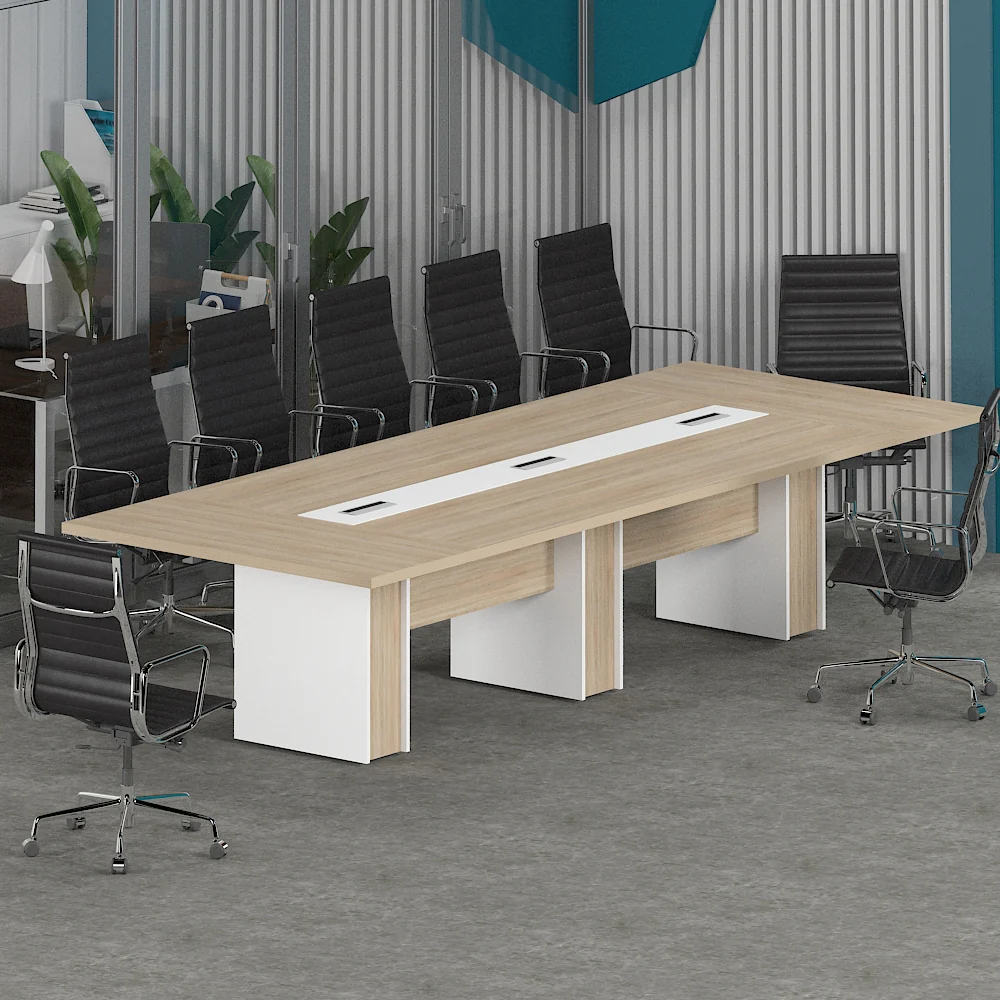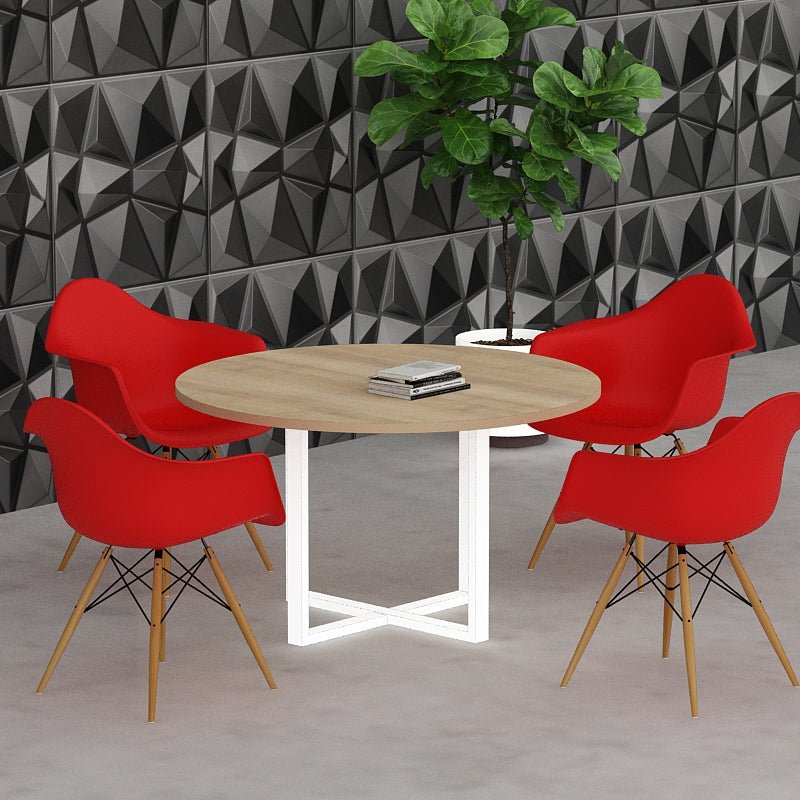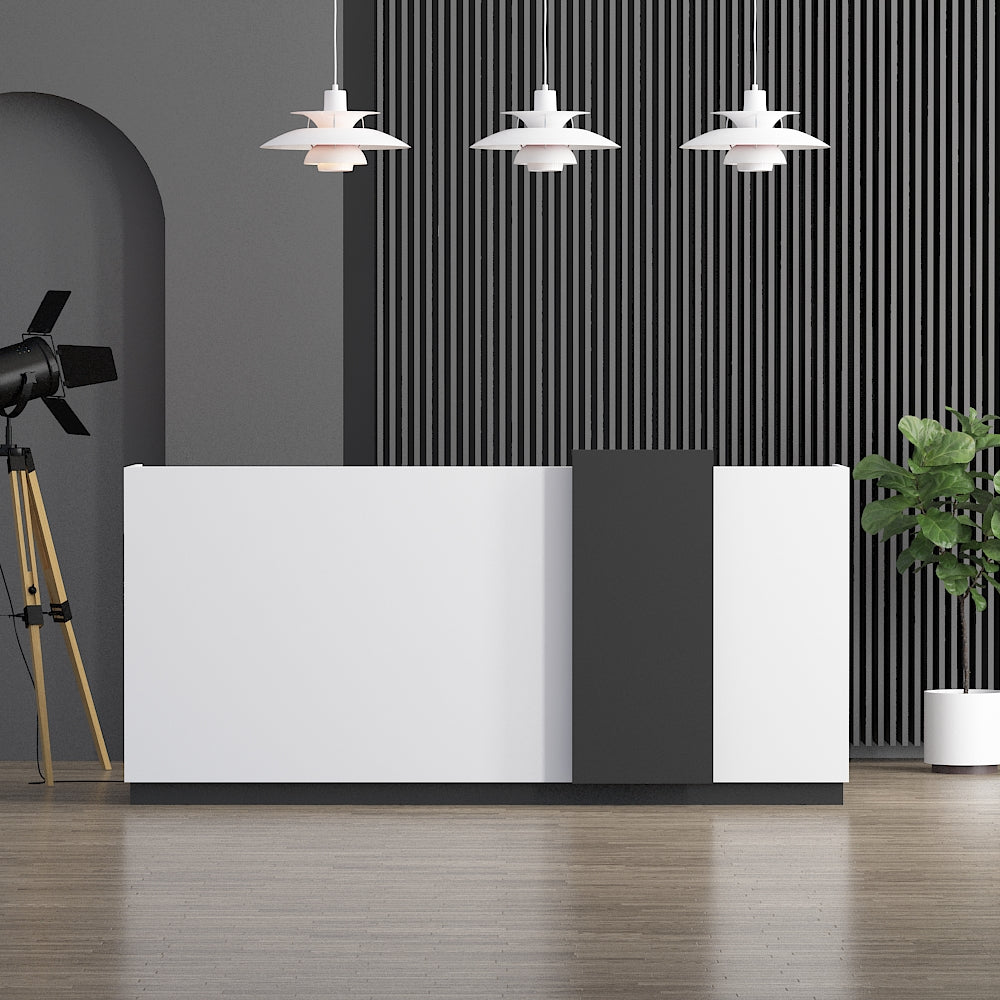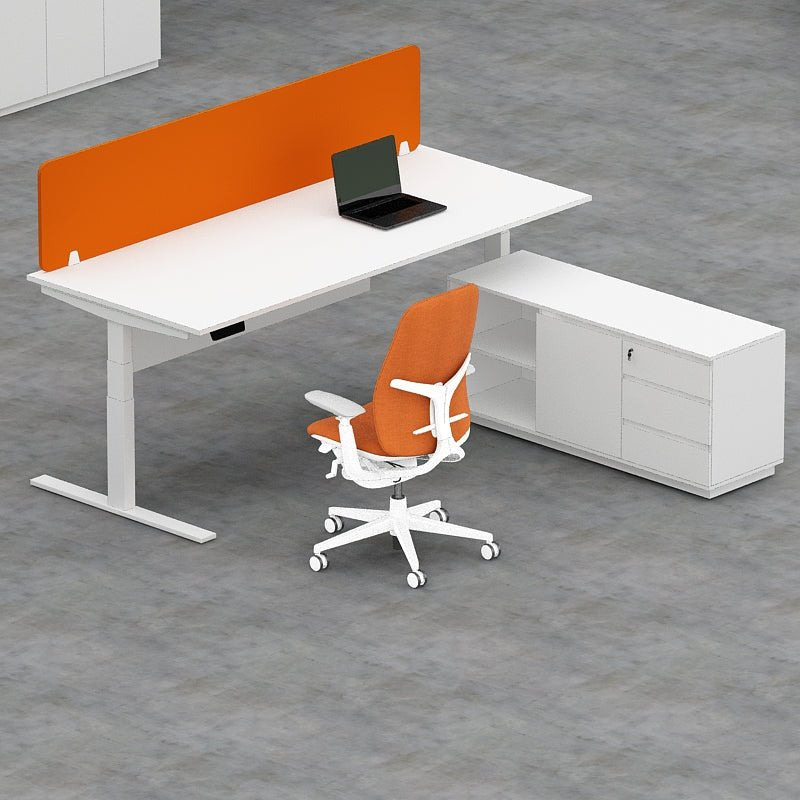In today's rapidly changing work landscape, the right office workstation table can make all the difference in improving productivity and comfort. With a growing workforce working from home or in shared office spaces, the demand for innovative office workstation table designs is on the rise. From desk table office depot to practical, compact solutions, upcycling offers a creative way to create a personalized workspace that showcases your style while being environmentally conscious.
If you aim to transform an antique table or repurpose materials into a functional office workstation table, there are numerous innovative DIY ideas that can cater to your individual needs. By investigating different office workstation table sizes and styles, you can design a arrangement that fits perfectly in your space, ensuring you have plenty of room for all your work supplies. Let's dive into some inspiring upcycling ideas that can help enhance your workspace while keeping your budget in check.
Creating Your Upcycled Office Desk
Making an repurposed office workstation setup is not only eco-friendly but also allows for a one-of-a-kind design that reflects your personal style. Begin by evaluating materials that can be reused, such as vintage furniture, pallets, or even unneeded office supplies. Search around your home or local thrift stores for objects that can be converted into a functional and aesthetically pleasing workstation. Ensuring that the materials you choose provide both stability and a suitable workspace is important for well-being and productivity.
After you have chosen your materials, direct your attention on the design elements. Consider about the office workstation table size that will match your workspace and meet your work needs. Perhaps you want a sleek computer table, or a more spacious workstation table with sections for better organization. Consider incorporating modifiable features such as height settings, which can make the workstation more versatile. This allows you to customize the table for sitting or standing positions, promoting better posture and health while you work.
Lastly, don't forget the finishing touches that can elevate your upcycled workstation. Incorporating paint or varnish can enhance the finish and durability of your table. You might also want to include storage solutions such as shelves or drawers made from recycled materials, maximizing space while maintaining a clean look. Customizing your workstation with decorative elements, like plants or artwork, can also create an inspiring environment that fosters imagination and productivity.
Budget-Friendly Materials for DIY Workstations
Creating a wallet-friendly office desk table can be realized by using materials that are both affordable and eco-friendly. One of the most effective materials to look into is salvaged timber. This not only provides a natural beauty to your workstation but also supports repurposing by giving a second life to materials that might otherwise go to waste. Local sources like old pallets or discarded furniture can be turned into a stylish and practical workspace.
Another great option is engineered wood or MDF (Medium Density Fiberboard). These materials are widely available and come in a variety of finishes, making it easy to match your office decor. Additionally, they are easy to handle and easy to cut, permitting flexible designs that match your specific needs and office workstation table specifications. A sleek laminate top can duplicate the look of luxurious wood without the hefty price tag.
In conclusion, steel pipes or hairpin supports can be employed to create a solid base for your workstation. These materials are often affordable and can be found at local hardware stores or through e-commerce. Merging these with salvaged wood tabletops can create a stylish industrial design, enhancing both appearance and utility. This approach not only saves money but also provides a unique touch to your office workstation table design.
Dimensions and Ergonomics for Well-being
When considering an workplace desk table, the size play a crucial role in ensuring ease and effectiveness. A regular desk height typically varies from 28 to 30 inches, which fits the majority of individuals. Nonetheless, it is crucial to evaluate your specific needs, especially important if multiple users will share the desk. The breadth and thickness of the surface should also be considered, with a recommended minimum of 48 in. in width suggested for adequate workspace to hold a computer monitor, keyboard, and other essential items.
Ergonomic design is vital for maintaining productivity and avoiding strain during long hours of work. Choosing a workstation surface that allows for an ergonomic setup can help enhance posture and lessen fatigue. For example, the surface should provide sufficient space underneath for users to stretch their legs at ease. Incorporating accessories like adjustable monitor stands or keyboard platforms can help customize the configuration more, encouraging a more health-conscious workspace.
In conclusion, finding the appropriate office workstation dimensions is about finding a balance between individual ease with practical workspace requirements. It is advisable to test the table height and arrangement in real life if feasible, ensuring that the arrangement meets personal comfort needs. This attention to detail will lead to an enhanced work experience, enabling for increased concentration and productivity throughout the day.
Where to Find Resources and Ideas
When looking to build your own office workstation table, it’s important to collect inspiration from different sources. Online platforms like Pinterest offer a abundance of ideas ranging from clean designs to more intricate setups. Look for hashtags related to workspace workstation tables to find creative layouts and new uses of materials. These pictures not only inspire creativity but also provide real-world examples of how to apply specific styles into your workspace.
Another excellent resource is DIY furniture blogs and YouTube channels focused to repurposing projects. Many creators offer step-by-step guides that can help you comprehend the process of building or modifying a workstation table. Search for content that centers around office furniture, as this will give you detailed techniques to adhere to and tips to consider when selecting materials. You may even find videos that guide you through the specifics of size adjustments and design adaptations to accommodate your specific needs.



Community workshops and maker spaces are fantastic places to find hands-on tools and inspiration. These spaces often hold classes or community events where individuals can learn carpentry skills or display their projects with others. Engaging with fellow DIY enthusiasts can provide priceless insights and ideas for your workstation table. Additionally, nearby furniture stores may host events showcasing innovative designs, giving you the chance to see unique office workstation tables in person.

